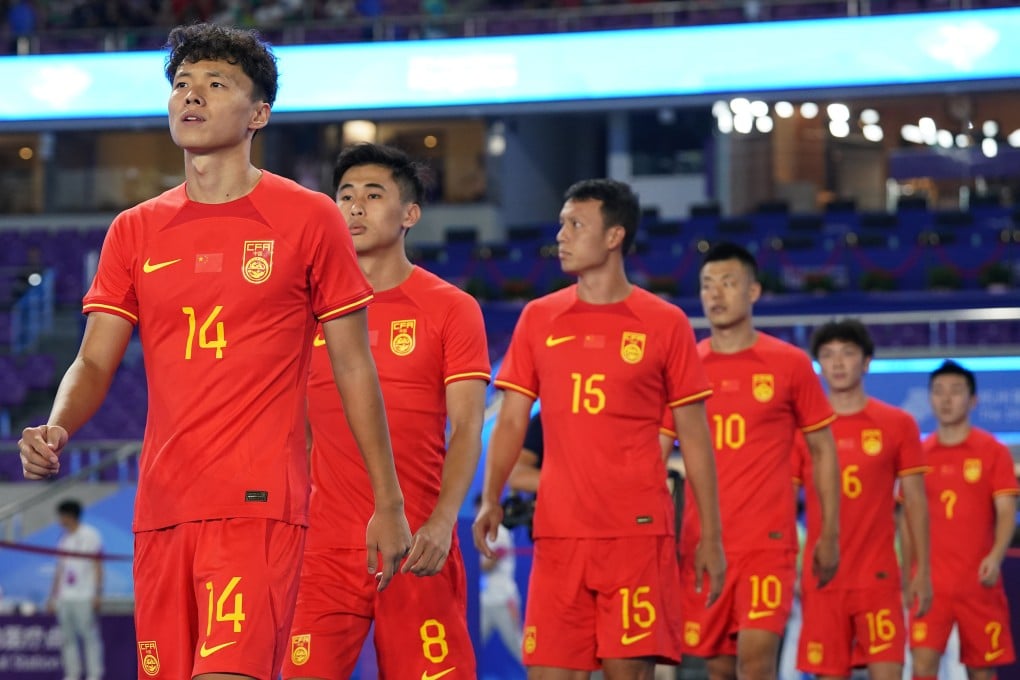Opinion | To achieve its football goals, scandal-hit China can learn from Japan
- From its 1991 low point, Japan has rebuild its local league, focusing on clean governance, youth development and a long-term vision: World Cup victory by 2092

By contrast, neighbouring Japan and South Korea recorded impressive results in the Qatar World Cup last year. In particular, Japan, the top-ranking Asian football nation, has beaten two former World Cup champions: Spain (in the World Cup) and Germany (in a friendly). Many Chinese wonder why Chinese football has fallen so far behind. Perhaps the Japanese experience can offer lessons.
In 1991, Japanese football was at its lowest point, arguably where Chinese football is now. It decided to establish a professional league with the sole aim of making it successful and sustainable. Similar to the Chinese Super League, the J-League started out with deep-pocket funding from corporations hungry for imported talent such as Brasil’s Zico and England’s Gary Lineker. Even Arsene Wenger, who went on to coach Arsenal, had a stint in Japan.
Within three years, Japan’s international rankings had improved and crowds averaged nearly 20,000 at every game. But Japan’s economic slump in the 1990s, in what became known as the “lost decade”, tested the J-League’s strength and sustainability.
The Japan Football Association started to focus more on the long term, with an ambitious plan to restructure the league for 100 full-time clubs (there are currently 60) and a World Cup victory by 2092.


